The dog is a mammal in the Canidae family. Man domesticated the dog before any other creature, and cooperation and companionship between the two species continues to this day with pets, police dogs, hunting dogs and many others. Various theories have attempted to explain the dog’s origins. For a long time, people believed they were crossbred from different species including wolves, jackals and coyotes. Today, most people believe dogs descended from wolves alone, since the two share many different features, for example the number of their teeth. Scientists date men’s efforts to tame wolves to about 15,000 years ago. Canine features were continuously developed through crossbreeding and selection. Dogs soon proved useful. The creatures’ strong associative memory made them easy to train. For example, dogs are inclined to complete tasks because they associate rewards from men with doing so.
Dogs also instinctively recognize group hierarchies, so they can easily identify men as leaders and respond to their orders. Dogs possess a remarkable sense of smell. Their snouts, on the average, have forty times as many olfactory nerve cells as human noses. Dogs also have highly developed hearing, but not sight. They can only see two colors, blue and yellow, and are incapable of distinguishing details. However, they are adept at perceiving movement. The female dog’s reproductive period, known as heat, occurs twice a year. Pregnancy lasts about two months. Puppies suckle for about eight weeks, and reach adulthood when they are 12 to15 months old. People in the Orient long considered dogs sacred. Two of the oldest canine breeds are oriental: the Pekinese, favored by Chinese emperors, and Tibetan terriers, which were bred in monasteries.
Dogs also instinctively recognize group hierarchies, so they can easily identify men as leaders and respond to their orders. Dogs possess a remarkable sense of smell. Their snouts, on the average, have forty times as many olfactory nerve cells as human noses. Dogs also have highly developed hearing, but not sight. They can only see two colors, blue and yellow, and are incapable of distinguishing details. However, they are adept at perceiving movement. The female dog’s reproductive period, known as heat, occurs twice a year. Pregnancy lasts about two months. Puppies suckle for about eight weeks, and reach adulthood when they are 12 to15 months old. People in the Orient long considered dogs sacred. Two of the oldest canine breeds are oriental: the Pekinese, favored by Chinese emperors, and Tibetan terriers, which were bred in monasteries.
RELATED


HORSE


WHEAT


MANTA RAY


TEETH
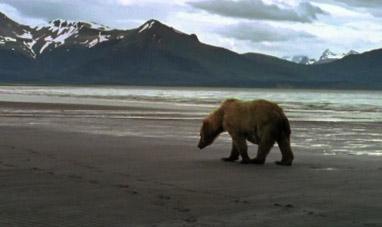

BEAR


PULSARS


GIRAFFE


TWITTER


THE NERVOUS SYSTEM
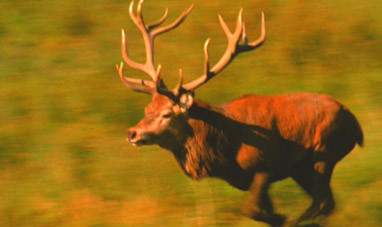

DEER


HIPPOPOTAMUS
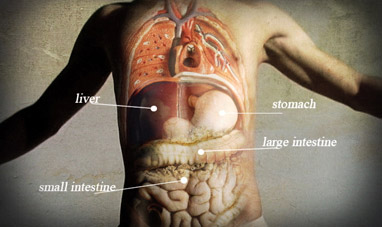

THE DIGESTIVE SYSTEM


METEORS


JELLY FISH


GOOGLE
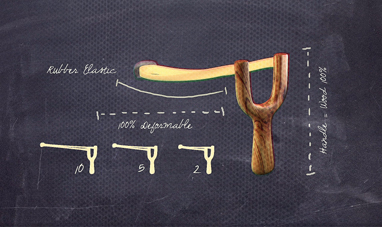

NATURAL RUBBERS


FLY


DESERTS


FACEBOOK


NATURAL GAS (METHANE)


STORK


FORCE, EQUILIBRIUM AND LEVERAGE
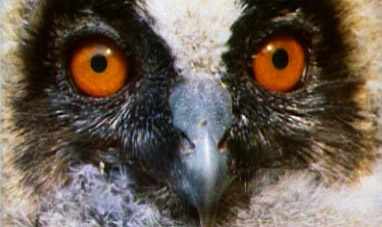

OWL


IGUANA


SALMON


DOLPHIN


THE SOLAR SYSTEM
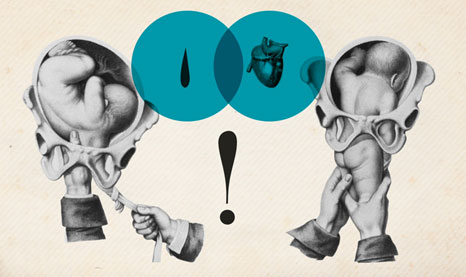

CHILDBIRTH


HAIR


EBAY
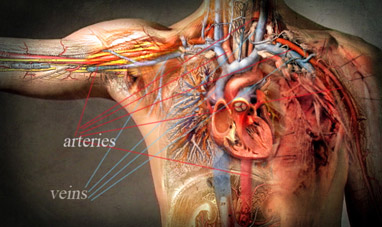

THE CIRCULATORY SYSTEM


COBRA


CLOUD COMPUTING
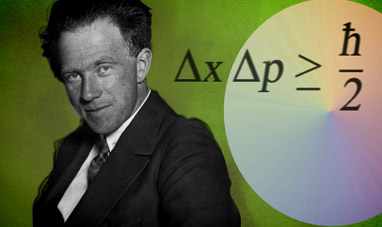

THE HEISENBERG PRINCIPLE


SHEEP


STARS
